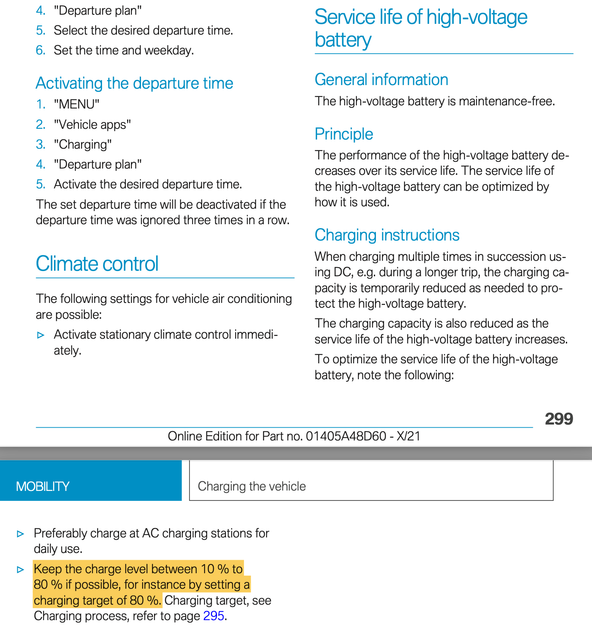alohart
Well-known member
The maximum battery pack voltage on BMW's TIS Website:Star63 said:On a Chech forum they wrote that the max. voltage of the 60 Ah battery is 392 V while the 120 Ah battery is 402 V. The 60 Ah i3 software didn't accept the higher voltage of the replacement battery (120 Ah) as such.
60 Ah: 395 V
94 Ah: 398 V
120 Ah: 403 V
No EV manufacturer would allow its battery pack to charge to its absolute maximum voltage unless it supports limiting the top charge level when charging (e.g., Tesla). To do so would result in cell degradation that would make warranty replacement of many battery packs likely. The BMS limits the top charge level on all i3 battery packs.

